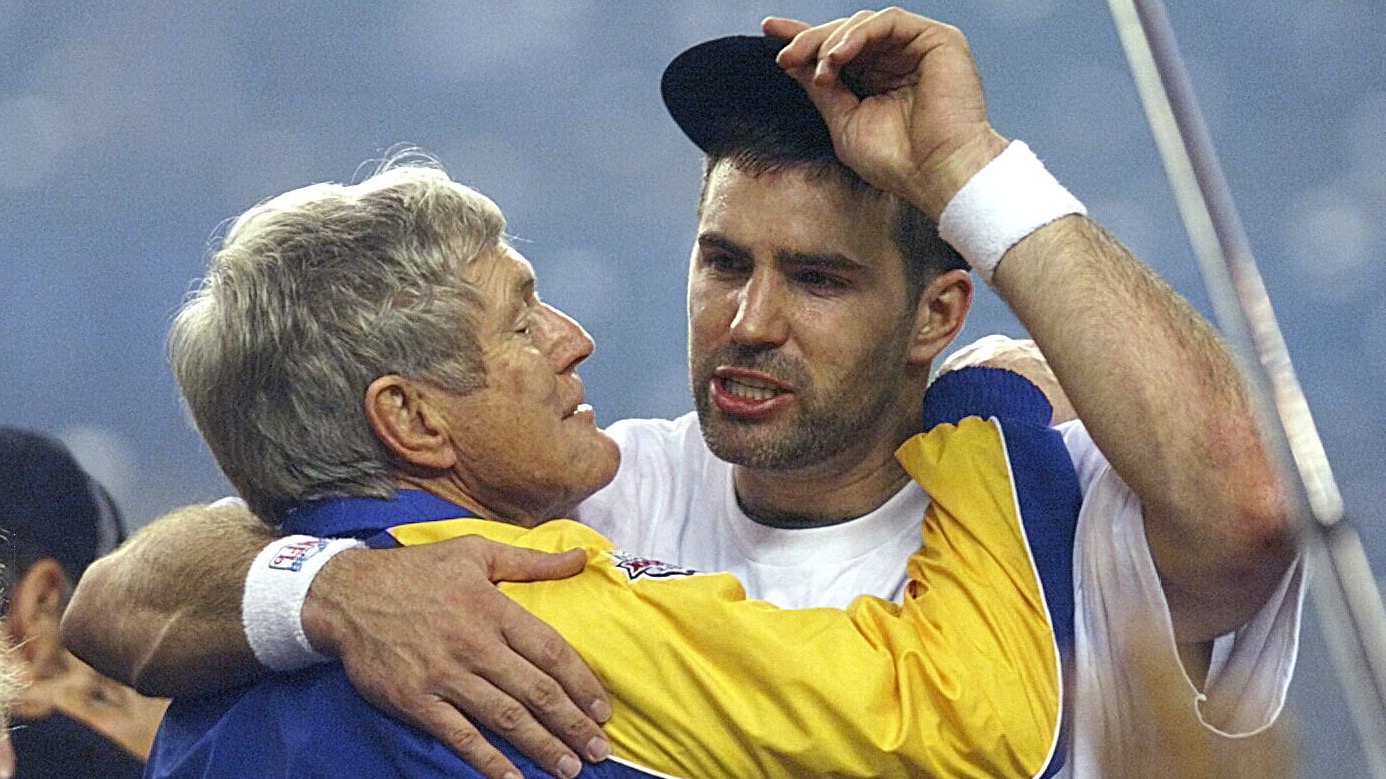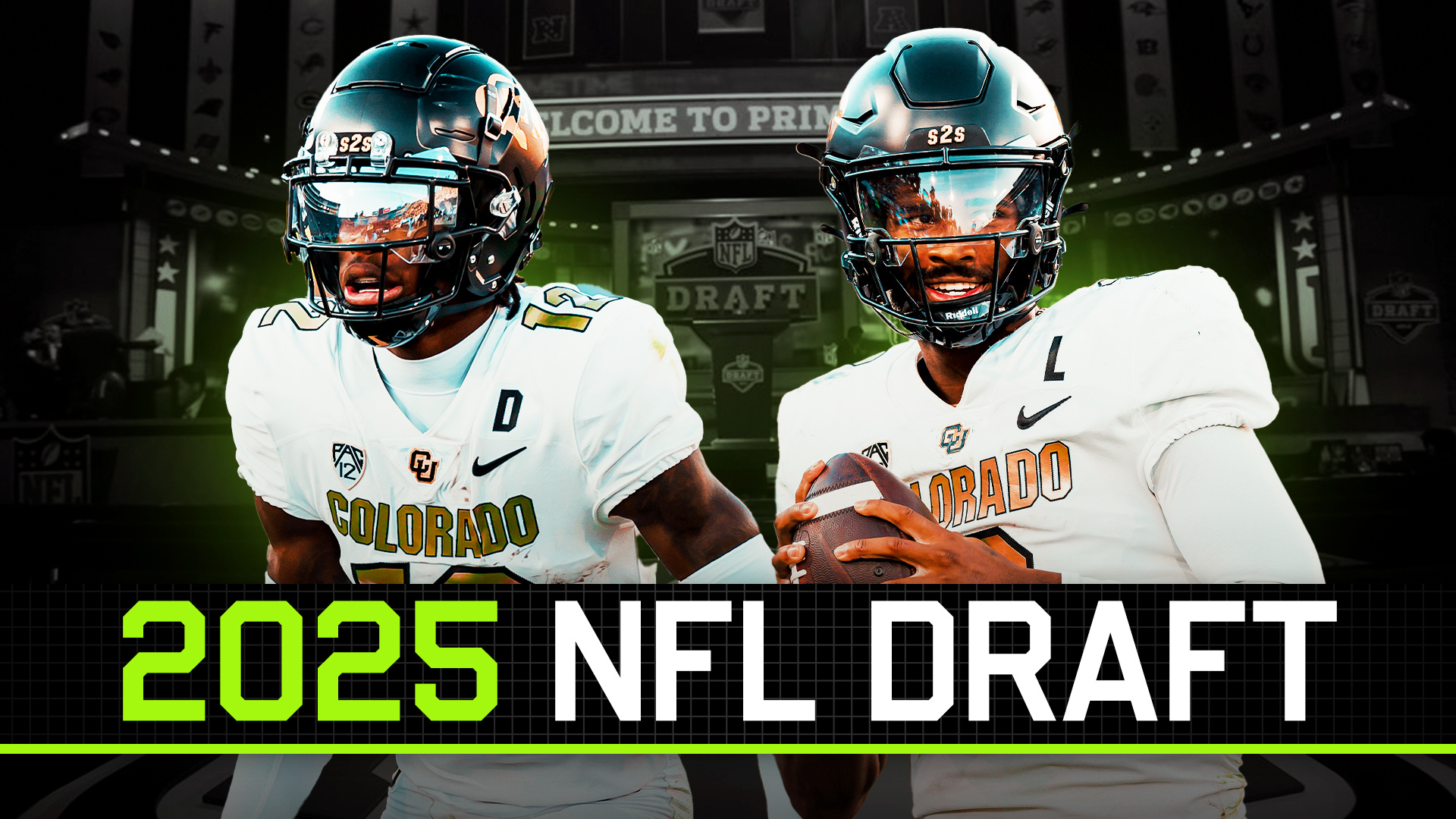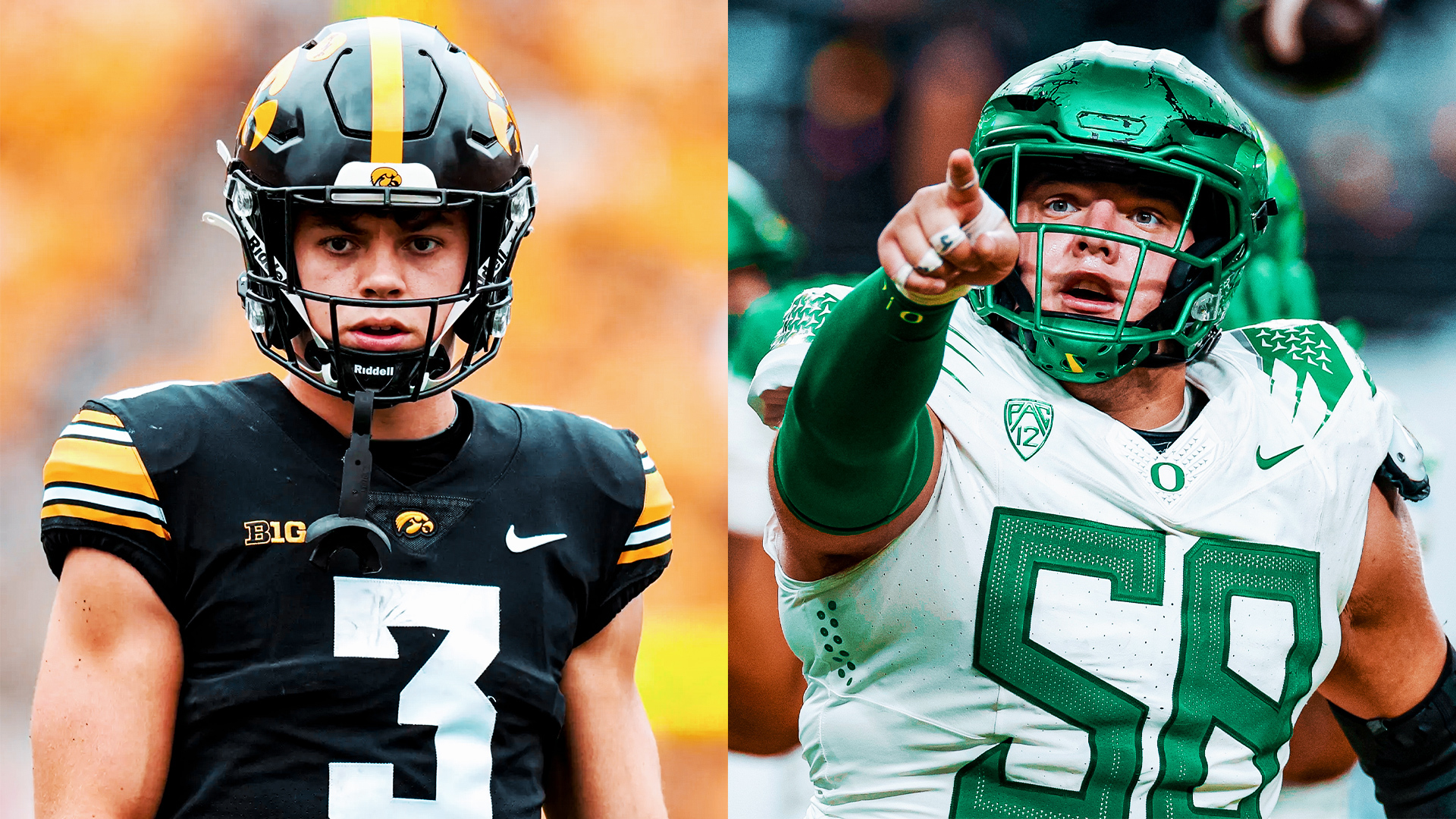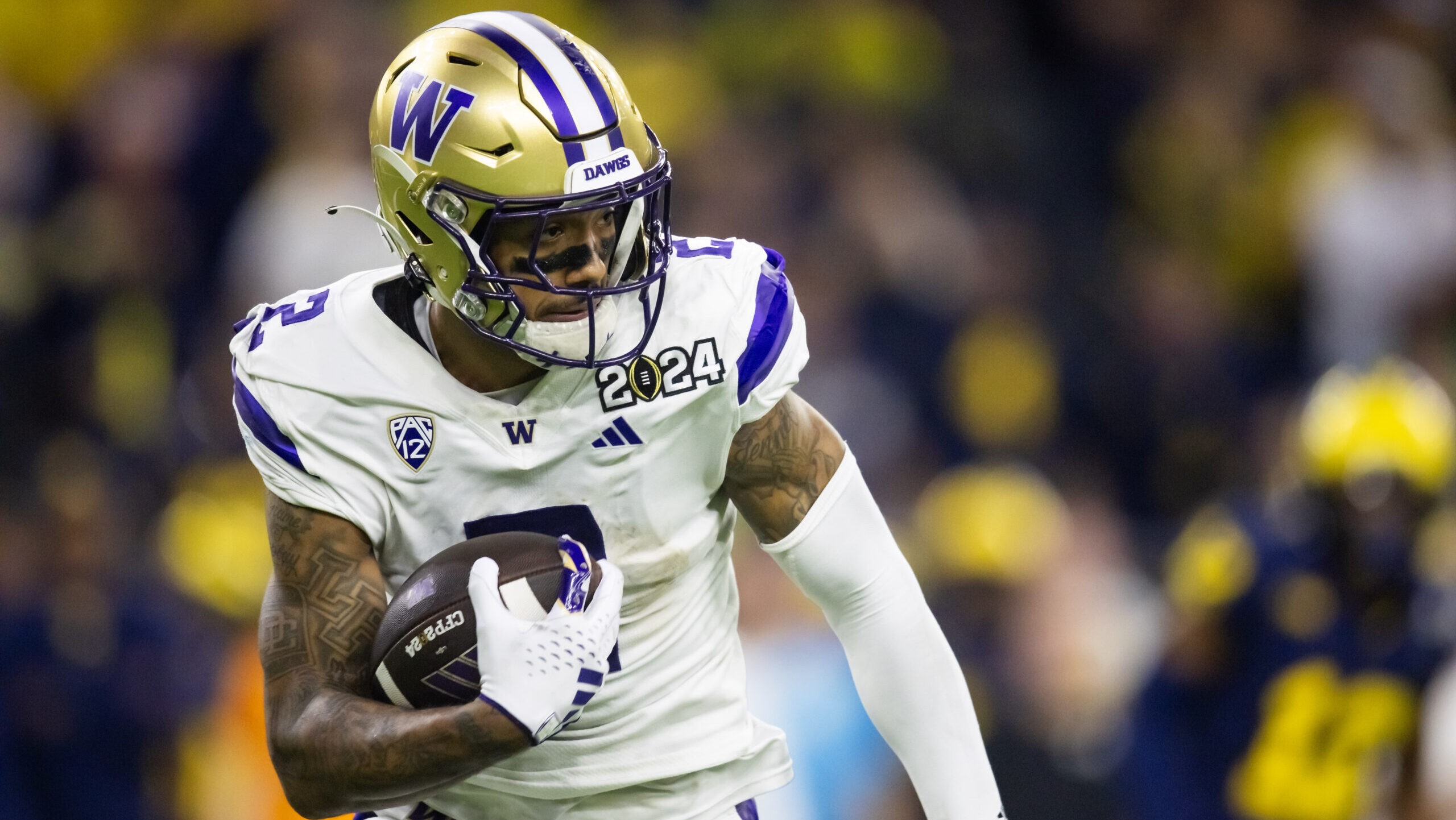Analysis
8/15/23
7 min read
Joint Practices Replace Preseason Games for Most Starters
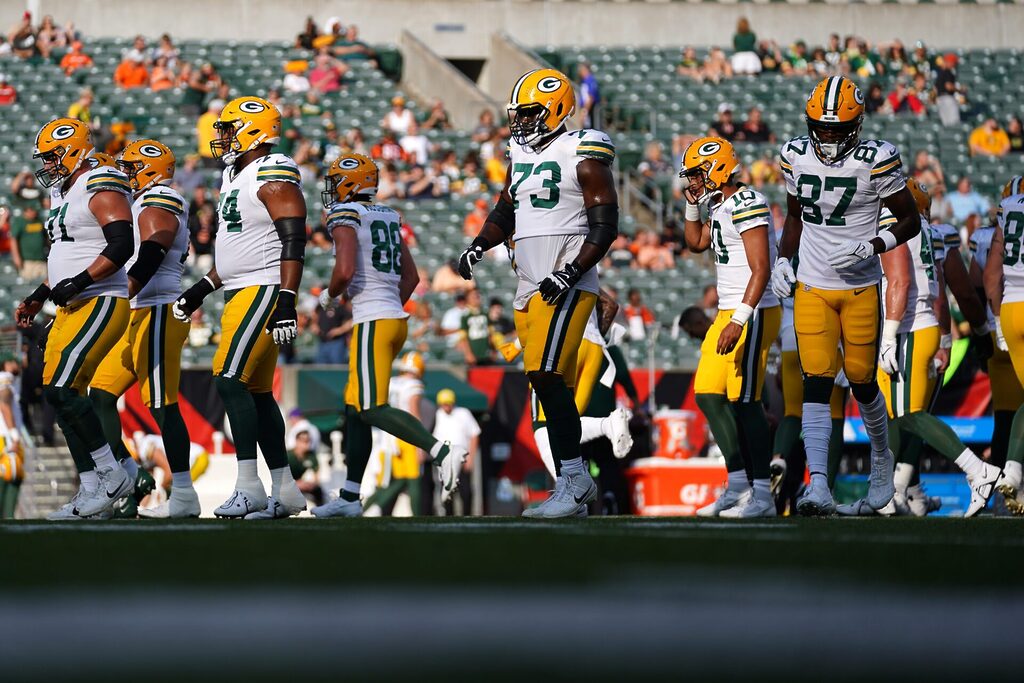
When I began my NFL front office career, there were six preseason games — imagine that dreadful thought — and 14 regular season games.
The preseason seemingly dragged on forever, but all the starters played at least the first half and often the first series of the third quarter in all six games so the coaches could get the starters ready for the season ahead and make judgments on which backup players would make the final roster.
There were only occasional joint practices in those days.
The six preseason games were hardly regular-season caliber; the vets were not excited to play in games that didn’t count. But at least the fans got to see the stars and starters in action, compared with today when, in most cases, starters sit out preseason games because coaches want to avoid injuries.
I hated preseason games during my front office career because I was a nervous wreck about losing key players to injuries in games that didn’t matter.
We once lost our best Minnesota Vikings receiver — Anthony Carter — for the first four games of the regular season when he sprained his knee on a Hail Mary at the end of the first half of the final preseason game. A Hail Mary in a preseason game! I still haven’t gotten over that awful play call.
The only thing I found interesting in training camp and the preseason was the competition for roster spots and contributing backup roles.
I didn’t enjoy sleeping in a dorm room with no air conditioning at Mankato State University for 23 years during Vikings training camps. (It was a great joy when I joined the Tennessee Titans as team president and learned our training camp was held at our Nashville team facility.)
The only drama in current preseason games is the competition for key backup roles and roster spots, except in a couple of cases where a starting quarterback position is up for grabs — such as in Tampa Bay, Washington and Indianapolis this year. (The Colts’ drama is now gone with Anthony Richardson named the regular season starter).
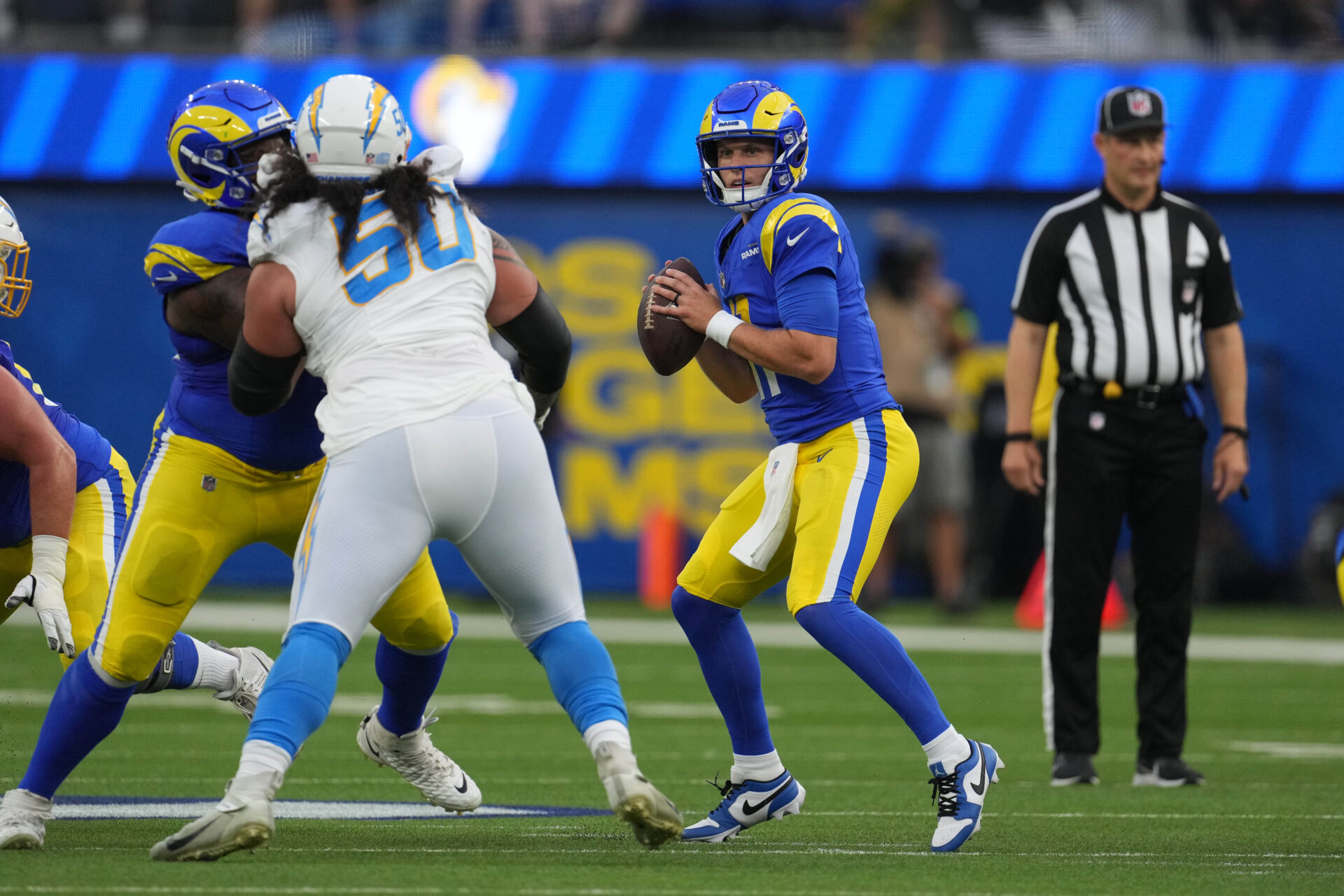
Top Players Don't See Game Action
Joint practices have replaced preseason games as work for starters unless a team is breaking in a new starting quarterback — such as is the case with the Tampa Bay Buccaneers, Washington Commanders and Indianapolis Colts; or with the Green Bay Packers, who started Jordan Love in Cincinnati last Friday, but Love only played the first two series.
The NFL preseason does not carry the joyful atmosphere for fans that MLB’s spring training does, with its escape from winter to nice, warmer weather in Florida and Arizona. NFL training camps are usually hot and sweaty midsummer affairs for players and fans, with excitement limited to a few exciting plays and autograph signing sessions after practice.
Fans do show up and spend money to get in the gate and on concessions and merchandise to a greater extent than in the past, which team executives appreciate.
With only three preseason games (except for the New York Jets and Cleveland Browns, who play four this month because of their Hall of Fame Game appearance) and coaches wanting to limit the exposure of their top players, every team seems to have two weeks in the middle of training camp with two days of joint practices, such as the Minnesota Vikings and Tennessee Titans this week prior to their Saturday preseason game.
Vikings coach Kevin O’Connell and San Francisco 49ers coach Kyle Shanahan used last year’s highly spirited and competitive joint practices to get all of their starters extensive reps; then, they did not play any starters in that weekend’s game. (A then-obscure, seventh-round QB named Brock Purdy played most of the game for the 49ers.)
I expect O’Connell and Titans Coach Mike Vrabel to take the same approach, so the fans at U.S. Bank Stadium this Saturday won’t see Kirk Cousins, Justin Jefferson, Danielle Hunter, Derrick Henry, Ryan Tannehill or Jeffery Simmons — except when they’re warming up or standing on the sidelines.
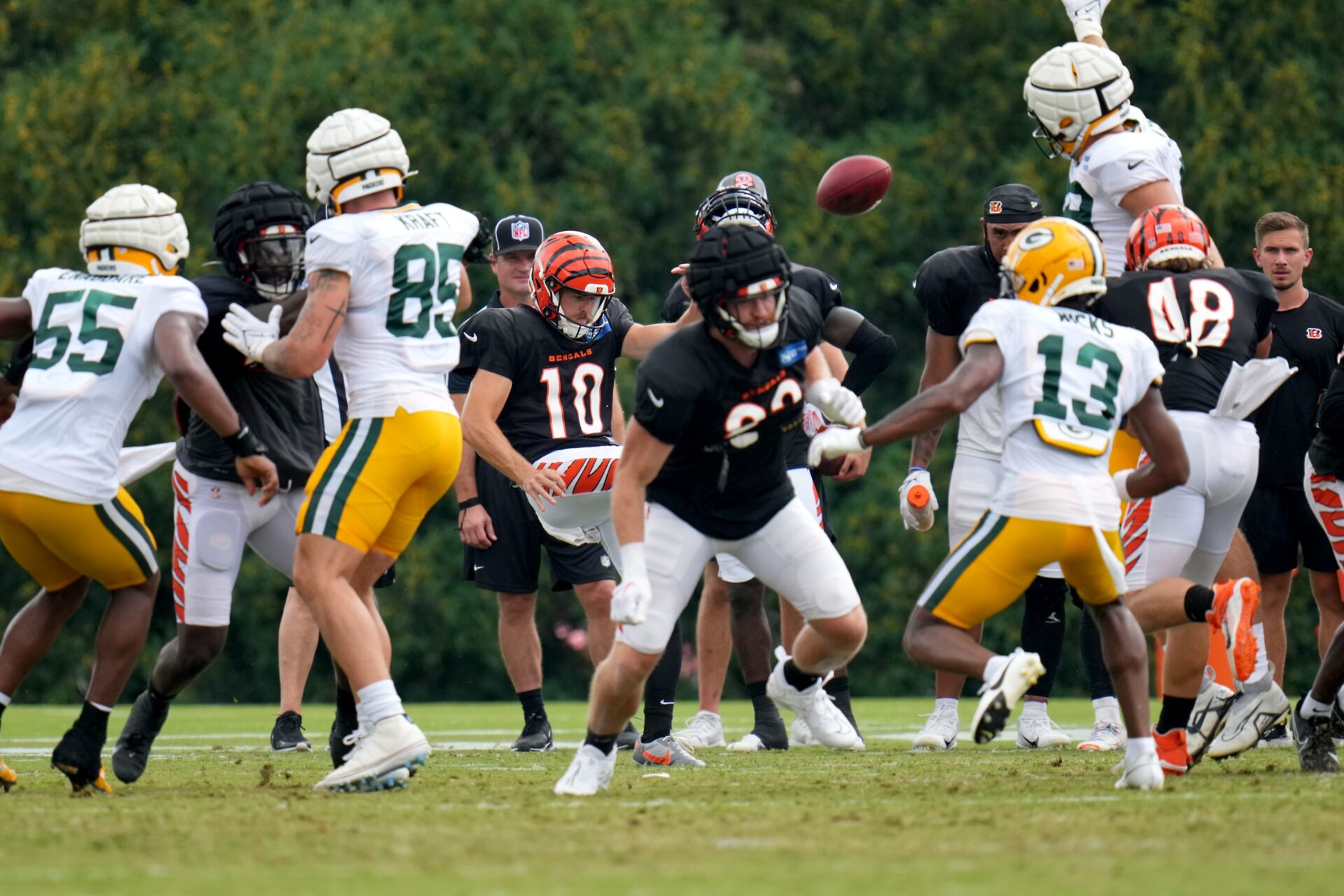
Increased Competition at Joint Practices
By training camp’s midpoint, with the regular season opener less than one month away, the players are tired of hitting their teammates and prefer the opportunity to go up against another team.
Coaches want to give their top-line players needed prep work for the regular season in joint practices where they usually face a different offensive or defensive scheme. Another benefit is that quarterbacks are not supposed to be hit (except for on an occasional follow-through of a throw where a helmet can bang into a thumb), and quarterbacks are definitely not to be tackled (or a brawl will ensue).
The fans who attend these joint practices are the winners because they at least see starters in game-simulated action for a pittance (usually $10 or so plus the cost of parking and concessions) compared with the fans who buy preseason game tickets that are usually at full price and get to watch mostly backups and many players who will be cut in two weeks. The TV viewers don’t get to see the joint practices, so they generally only see these mostly unrecognizable players in the preseason games.
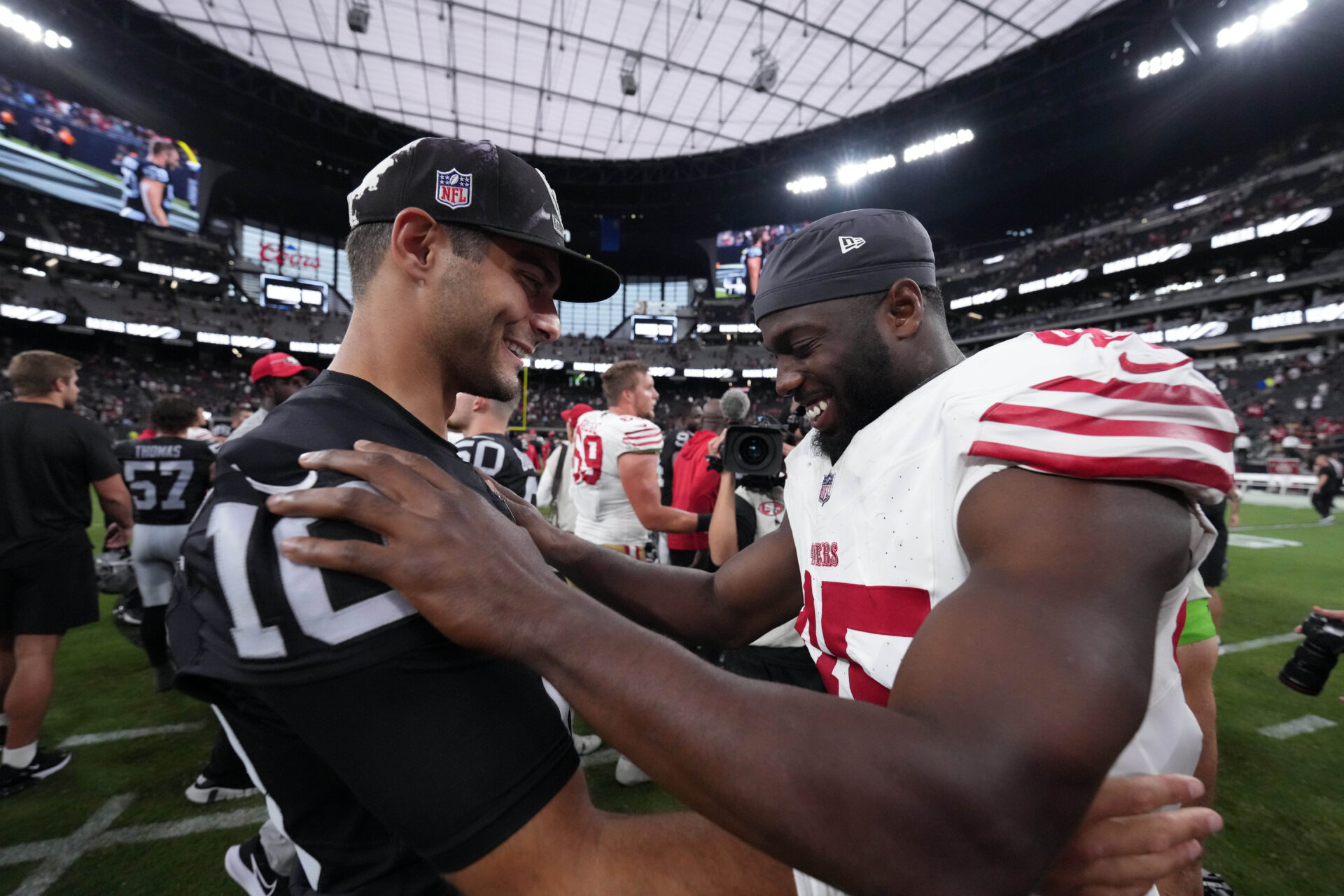
Revenue Losses Could Lead to Fewer Games
This change in approach to preseason games — starters sitting out — has evolved during the past 20 or so years and continues to make preseason games less interesting for the majority of fans.
Established starters always have viewed training camp and preseason games as a necessary evil and can’t wait for the real games to begin in September.
Back in my early years in the league, most vets came to camp out of shape because the majority of them had other jobs in the offseason with salaries much lower than today. Now, unless they’re a superstar, players can’t afford to risk pulling a hamstring or calf muscle (or worse) if they don’t report in shape because there is so much more at stake salary-wise, and an injury can put them behind competitively.
In my early NFL years, there were also no offseason conditioning programs, OTAs or veteran minicamps to help players stay in shape before training camp.
With more and more no-shows at preseason games costing the teams concession and parking revenue and with more teams doing two weeks with two days of joint practices instead of only one week, I think the league will push for only two preseason games at some point — with a coinciding move to 18 regular season games. The players would be happy with fewer preseason games, but it’s doubtful they would agree to another regular season game without a significant salary boost if the league revenues (from TV and gate receipts) and salary cap jump as a result.
Eighteen games would also create scheduling issues by either beginning the regular season before Labor Day or moving the late season games further into January, which would create more cold weather games in outdoor venues and move the Super Bowl to later in February.
There are many ramifications for what's going on with joint practices and preseason games in today’s NFL.
Fortunately, in three weeks, everyone can focus on the Kansas City Chiefs hosting the Detroit Lions to kick off the 2023 regular season, and the preseason discussion will go on the back burner again.
At least players, coaches, team executives and fans no longer have to watch six boring preseason games that are meaningless in the standings — or even four games, which was the case up until 2021.
Jeff Diamond is a former Vikings GM, former Tennessee Titans President and was selected NFL Executive of the Year after the Vikings’ 15-1 season in 1998. He now works for the NFL agent group IFA based in Minneapolis. Follow him on Twitter at @jeffdiamondnfl.



